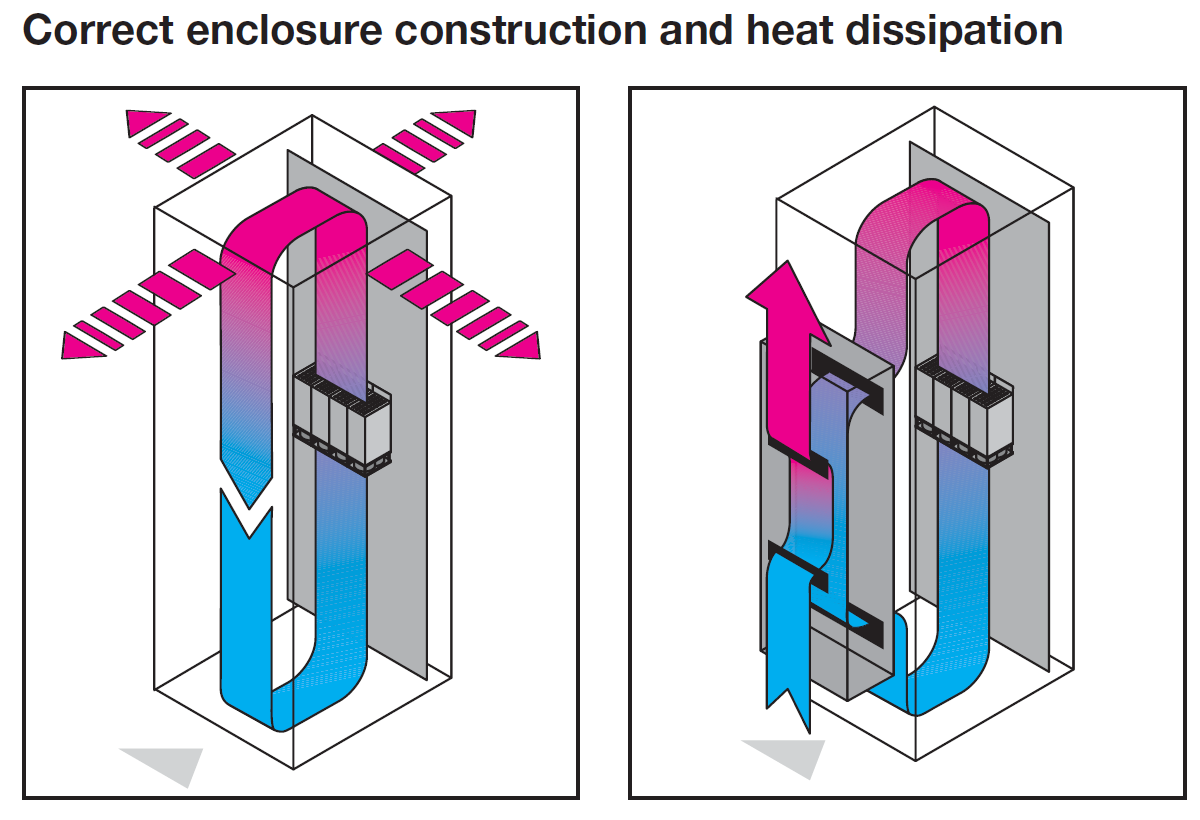Heat exchangers provide highly efficient cooling for electrical components. As energy costs increase, they are getting more consideration by system designers. Before making a design decision between air-to-air and air-to-water heat exchangers it is important to weigh installation considerations and use-cases. Here, we have provided an overview of each technology to help you determine which can best impact your equipment and your bottom line.
Eric Corzine, Product Manager - Climate Control
Recent Posts
Balancing the Value of Air-to-Air and Air-to-Water Heat Exchangers
[fa icon="calendar'] Aug 4, 2017 8:37:52 AM / by Eric Corzine, Product Manager - Climate Control posted in Industrial Automation
Looking to Save on Energy in Industrial Enclosure Cooling? We’ve Got an App for That.
[fa icon="calendar'] Oct 11, 2016 1:10:01 PM / by Eric Corzine, Product Manager - Climate Control posted in Industrial Automation
Energy savings is top of mind these days, especially when it comes to efficiently cooling industrial enclosures. We understand that you’ve got to not only protect the sensitive components inside your enclosures from heat, but need to do it in an energy efficient and cost-conscious manner. That’s why Rittal created the ChillZone app, an energy savings estimator for its Blue e+ line of industrial enclosure cooling solutions.
Considerations for Industrial Enclosure Cooling
[fa icon="calendar'] May 12, 2016 2:02:40 PM / by Eric Corzine, Product Manager - Climate Control posted in Industrial Automation, We Are Rittal
Data Centers and server racks run hot. Protecting the technology backbone of your company means managing air flow, temperature, energy consumption and cooling technology.




